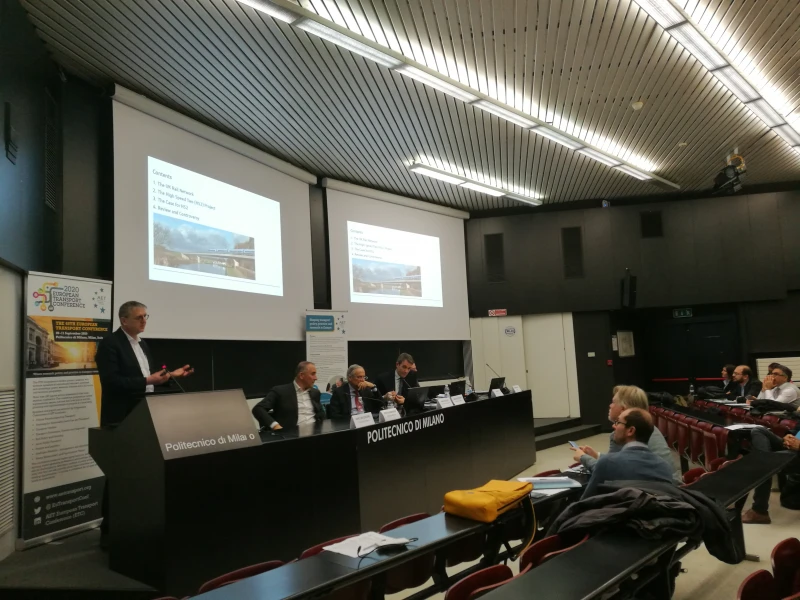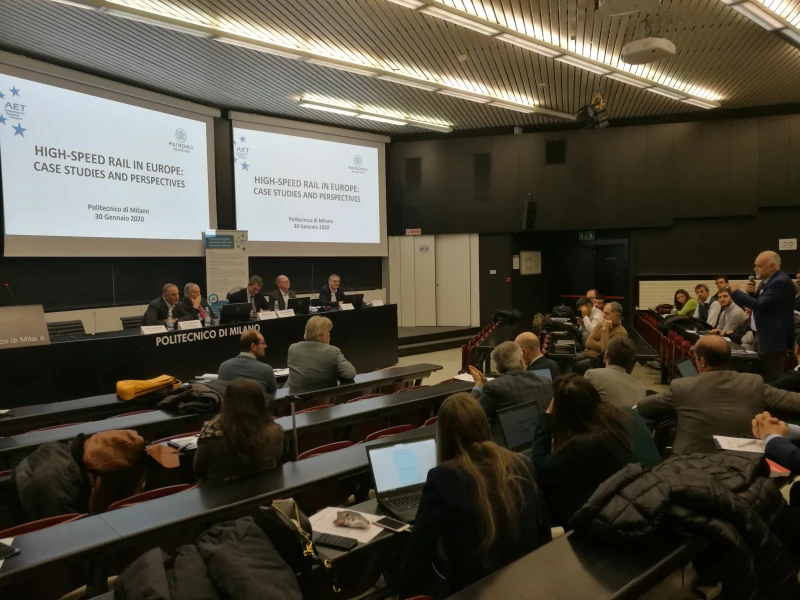-
Past ETC Papers

Browse, search and view papers from the past AET Conferences.
-
Members' Area

AET promotes networking and exchange of ideas, information and opportunities amongst members.
Conference Papers 2016
Barcelona, Spain
ETC Conference Papers 2016
Explaining the rapid diffusion of battery electric vehicles in Norway
Seminar
Day 2 (6 Oct 2016), Session 4, Electric Vehicles, 09:00 - 11:00
Status
Accepted, documents submitted
Submitted by / Abstract owner
Erik Figenbaum
Authors
Erik Figenbaum, Institute of Transport Economics
Short abstract
The booming electric vehicle market in Norway is analysed using Roger's Theory of diffusion of innovations. Incentives provide users with relative advantages while removing the extra cost. The diffusion is aided by peer to peer communication.
Abstract
The battery electric vehicle market in Norway is booming. The market share of new registrations in Norway reached 17.9% in 2015, up from 13.6 in 2014, the highest shares of any country in the world. The share in the total fleet is approaching 3%.
Can Roger’s (1995) theory of diffusion of innovations be used to explain these high market shares? The theory, often used in marketing research, states that the rate of diffusion of innovations is influenced by the innovation’s:
• relative advantage versus the old technology
• compatibility with user needs, values and norms
• complexity, i.e. how easy it is to understand and put into use
• trialability, i.e. the potential to test the technology out on a small scale
• observability/visibility to new potential users.
Communication channels, i.e. how and by whom these characteristics are communicated is also an important aspect of the diffusion process.
The Norwegian government have over two and a half decades introduced one BEV incentive after the other, summing up to a forceful package providing BEV buyers with unique advantages such as access to bus lanes, free parking and free passing through toll road gates. BEVs are more costly to manufacture than ICEVs. These extra cost have evaporated in the Norwegian tax system. BEVs are exempted from the very high registration taxes imposed on ICEVs as well as from the 25% value added tax that ICEV buyers have to pay. The result is that BEVs are as cheap as ICEVs in smaller vehicle classes and cheaper than ICEVs in larger vehicle classes.
BEV owners have thus experienced that BEVs have relative advantages over ICEVs, the most important aspect in diffusion of innovations. In user surveys conducted in the Electromobility+ project, COMPETT (COMPetitive Electric Town Transport), the characteristics of early BEV owners match many of the characteristics of early user groups in Roger’s theory, being younger university educated full time working men living in households with children, in the outskirts of cities.
The compatibility with user needs have been achieved in multivehicle households that according to the survey have had little challenges putting BEVs to use in daily transportation activities. They have the option to swap vehicles in the household and range is thus no longer a barrier to adoption. Also households that have only BEVs have found ways to cope with range limitations.
Trialability has been possible in niche markets and as the BEV fleet has reached almost three percent of the total passenger vehicle fleet, most Norwegian now know someone that owns and operate BEVs making it easy to test them.
Observability and visibility has been achieved by adopting specific number plates for BEVs, and through niche markets that could develop over many years thanks to the incentives. For instance many have seen BEVs pass by in the bus lanes during rush hours. The long term policies have allowed consumers to gradually get accustomed to BEVs as an option. The result is a market that have moved beyond early users into the early majority consumer group, a vital step in diffusion of innovations.
The communication have mostly been positive. Norwegians in general are positive to electricity as an energy carrier and the cost of electricity is among Europe’s lowest.
Most Norwegian’s now know someone who have adopted BEVs into their household, providing information available from peers. A form of communication that seem to be more efficient in fostering further diffusion among large consumer groups, than other information sources.
Data from the COMPETT surveys combined with statistics on regional diffusion, market development and value of incentives have thus indicated that Roger’s theory of diffusion of innovations can be useful in analysing BEV diffusion in Norway.
Documents:

Association For
European Transport
Forester House
Doctors Lane
Henley-in-Arden
Warwickshire, UK
B95 5AW
+44 (0) 15 64 793552
VAT number: 710 1866 64
Conference Supporters & Endorsers




Legal Entity
The Association for European Transport is registered as an Association ('vereniging') with the Chamber of Commerce for Haaglanden in The Netherlands under company number 27170096.
Built on Zenario




